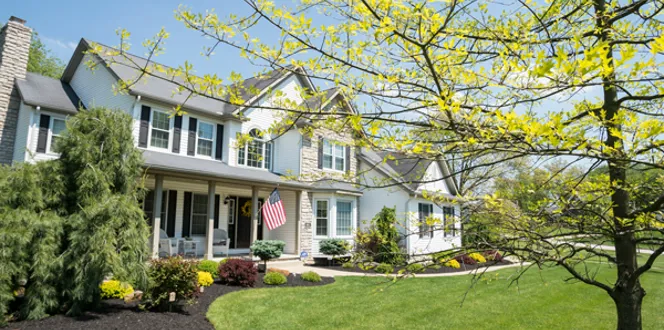New tree or shrub? Check. Shovel? Check. Water and mulch? Check. Ready to plant? Well, not quite.
Before diving into a planting project, it’s crucial to make sure you’re planting the right tree in the right place. Part of that is making sure your plant doesn’t disrupt its underground neighbor—utility lines.
Plant roots and utility lines can happily share space, but it takes a little planning to make sure they’re not too close for comfort.
Planting utility friendly trees and shrubs
When you’re ready to plant a new tree or shrub, checking for underground utilities is a step you won’t want to skip.
Can tree roots damage underground power lines?
Yep, and the harm is nothing but a headache.
Roots can damage the protective coating found on underground lines, which can interrupt your or your neighbors’ utility services. That can lead to a safety hazard, and you might even be required to shell out cash for repair costs or fines.
Locating buried utilities and planning before you plant is by far the best way to avoid these hassles.
How do I know where my utility lines are?
It’s as easy as 8-1-1. No, really! Just dial 811, or visit call811.com, and set up an appointment to have your underground utilities marked for free. Your request will be routed to your local water, gas, electric and other utility companies, and a rep will come out to your property to mark utility lines with a flag.
Choosing trees to plant near underground utilities
While tree limbs grow tall, their roots grow wide. For example, a maple tree that stands 15 feet tall has roots that spread 15 (or more!) feet in both directions. And, an oak that shoots up 30 feet can have a set of roots that spread just as wide.
That’s why it’s so important to pick an appropriate tree and planting spot when you’re dealing with buried utilities. Before you buy a new tree, find out about its growth potential. Then, plan accordingly when you’re ready to plant so that there’s ample space between the plant and utility line. If the tree’s projected height is 12 feet tall for example, dig your hole at least 12 feet away from the utility flag.
What can I plant over underground utility lines?
You should never plant over an underground utility, but if your desired spot is near a utility line, some plants are better picks than others. Plants with non-invasive roots, meaning roots that are less likely to poke at below-ground pipes, are the most utility friendly.
Tons of trees and shrubs fall into this category. If you’re not sure where to start, check out this list of trees and shrubs with non-invasive roots for ideas. When you’re ready to go, look here for the proper way to plant a tree.







